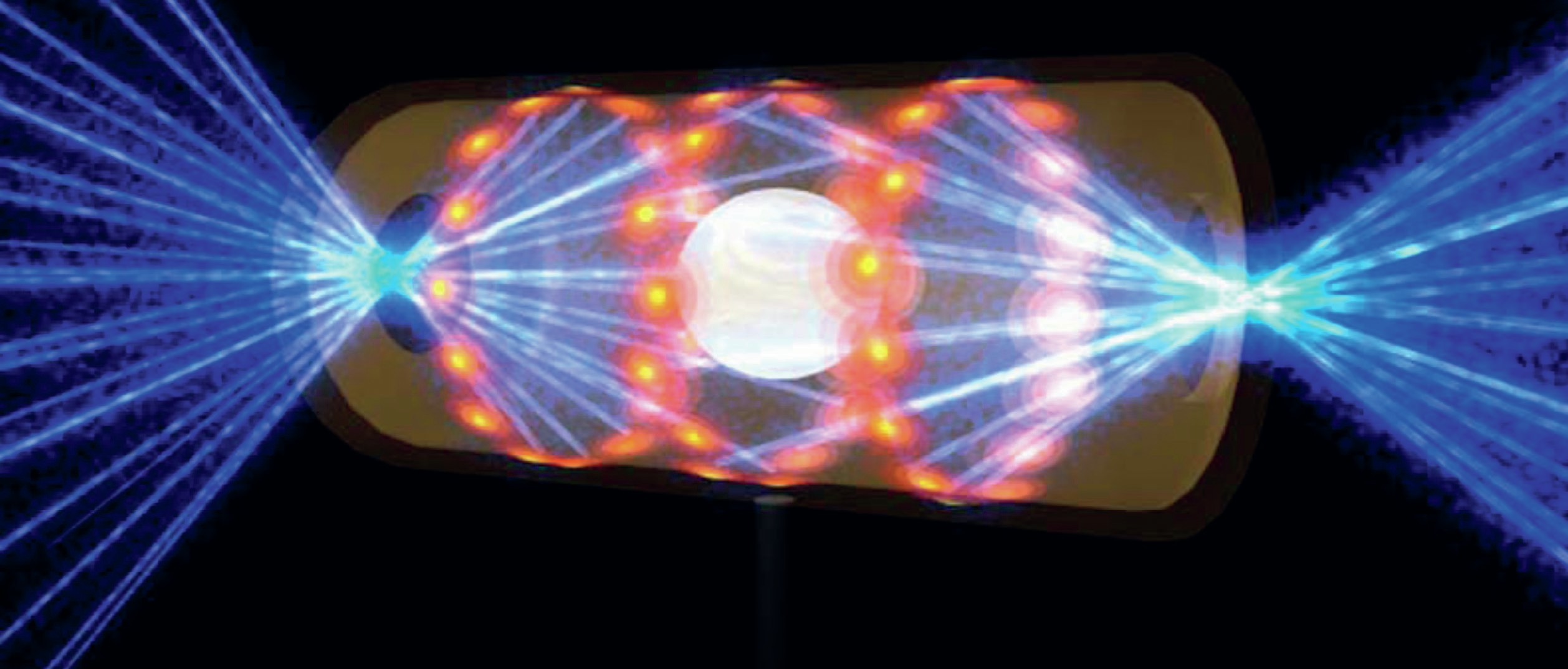
Nuclear fusion is the process of combining two atomic nuclei to form a heavier nucleus, releasing a large amount of energy in the process. This process powers the Sun and other stars, and scientists have been working to replicate it on Earth as a source of clean, renewable energy.
The main challenge in achieving nuclear fusion on Earth is creating the conditions necessary for the nuclei to overcome their natural repulsion and fuse together. This needs a combination of high temperature and pressure. Until recently, overcoming this challenge has meant using more energy to cause fusion than the energy released.
Your organisation does not have access to this article.
Sign up today to give your students the edge they need to achieve their best grades with subject expertise
Subscribe




